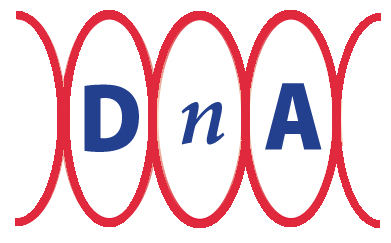Direct current (DC) motors are electromechanical devices that convert electrical energy into mechanical motion. They work on the principle of electromagnetic induction, where the interaction between a magnetic field and current-carrying conductors generates a rotational motion. Here's a basic explanation of how DC motors work:
- Basic Components:
- Armature: The armature is the rotating part of the motor, usually consisting of a coil of wire wound around a central core.
- Commutator: This is a split-ring device attached to the armature shaft. It reverses the direction of current flow in the armature coil as it rotates, ensuring that the torque direction changes and the motor continues to spin.
- Magnetic Field:
- The stationary part of the motor, known as the stator, contains permanent magnets or electromagnets that create a magnetic field in the vicinity of the armature.
- Electrical Input:
- A DC power source, such as a battery or a power supply, is connected to the armature through the commutator. When the circuit is closed, current flows through the armature coil.
- Electromagnetic Interaction:
- When current flows through the armature coil, it creates an electromagnetic field around the coil due to the right-hand rule of electromagnetism. This field interacts with the external magnetic field created by the stator.
- Force Generation and Rotation:
- According to the basic principle of electromagnetic induction, when an electric current flows through a conductor placed in a magnetic field, a force is exerted on the conductor. In the case of a DC motor, this force causes the armature to rotate.
- Commutator Action:
- As the armature rotates, the commutator also rotates. The split-ring design of the commutator ensures that the direction of current in the armature coil changes every half-rotation. This change in current direction leads to a continuous change in the direction of the force applied to the armature, causing it to rotate continuously.
- Torque and Output:
- The rotation of the armature generates torque, which can be used to perform mechanical work. The speed and torque of the motor can be controlled by adjusting the input voltage or the load connected to the motor.
- Applications:
- DC motors have various applications, ranging from small household appliances to industrial machinery, robotics, and automotive systems. They are used in situations where precise speed control, constant torque, and simple control mechanisms are required.
It's worth noting that there are different types of DC motors, including brushed DC motors (with a commutator) and brushless DC motors (where electronic circuits replace the mechanical commutator), each with its own advantages and drawbacks.
